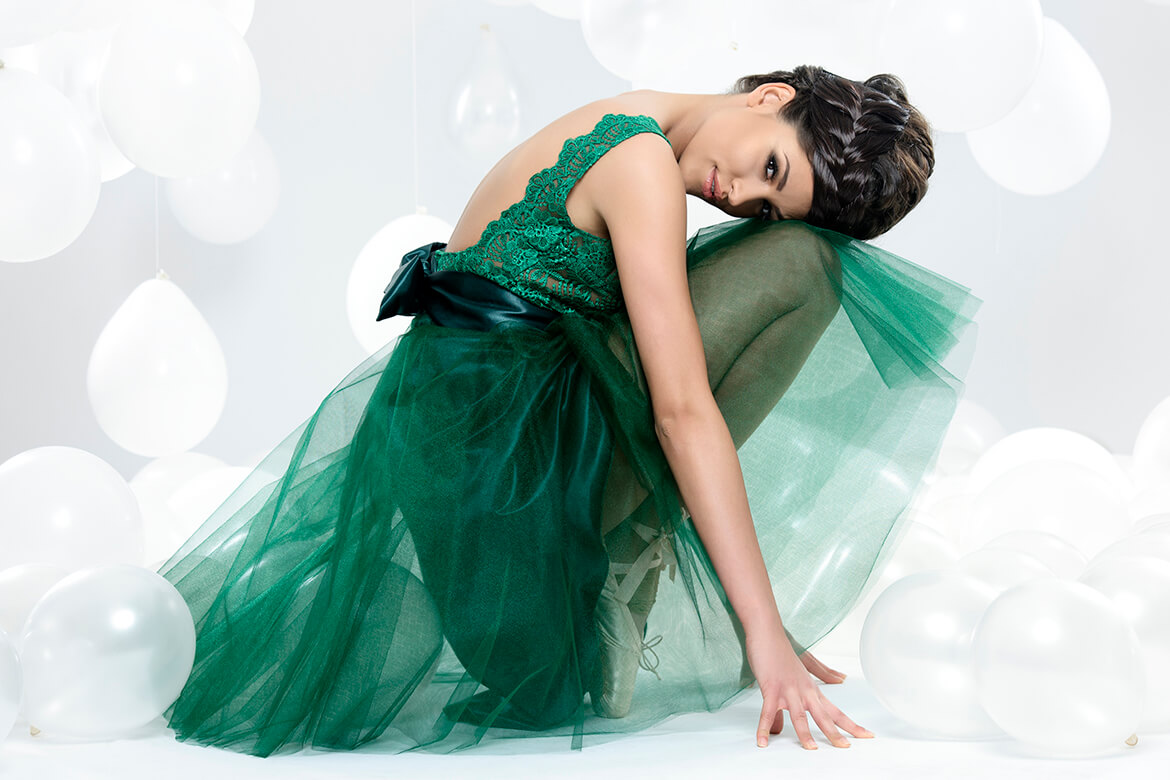Our Perspective

Dressing for the Dance
Your mother was right, as usual: first appearances count. She knew that it takes less than a minute to make a favourable – or not so favourable – impression. Sounding and looking good are two key elements of making a powerful first impression.
In these days of more casual dressing, both on the street and in offices, candidates sometimes forget that dressing for an interview is not just going out for a coffee with friends. Being well groomed from head to toe still makes the best first impression. We’ve become so relaxed, in fact, that it almost seems too basic to start with a good haircut and well-pressed clothes and finish with polished shoes. For executive positions, an excellent fitting suit both for women and men still looks the best.
First impressions begin on the telephone when the organization’s representative contacts you. Time is of the essence here: your time and theirs, so insist on meeting or talking with the hiring manager. Ask for an agenda of the meeting, to ensure everyone’s objectives can be achieved. If one isn’t available, ask to speak to the manager to discuss what will be covered, so that you can be better prepared.
Arriving at the dance
Get there 15 minutes early. You can compose yourself, take a look around the offices of the organization, and internally take control of the situation. How does the office look…tidy, messy, welcoming? Would you feel comfortable here? Are there information brochures, a current annual report, and a donor wall that you can peruse for a few minutes?
Turn on your sixth sense, and let the atmosphere soak in. Does the staff look busy? Harried? Relaxed? Happy? Remember that you are also being viewed. Are you friendly to the receptionist, sitting up straight, with all your papers ready to deliver. Does the organization keep you waiting for more than 15 minutes without an explanation? If so, give them five minutes more; then leave. Remember that your time really is valuable and you want to base all of your business relationships on a fundamental acceptance of that fact as a given.
When the hiring manager greets you with a good handshake you’re ready for the next steps of the dance. (How do you know if you have a good handshake? Ask someone you trust. No one wants to shake a wet noodle)
Candy is dandy, but…
A bouquet of flowers may be a bit too much to take on this first date, but a selection of your work will do the trick nicely. Your own research on the position gleaned from the advertisement and other sources will tell you what to include. It may be an annual plan, a case statement, a sponsorship proposal, or a direct mail package. If you’re carefully prepared, as you listen for needs during the interview, you will be able to demonstrate from your samples how you can best help the organization solve its problems. Be prepared to explain what part of the project you did. Be honest, or it will catch up on you.
Brochures are nice as far as tactics are concerned, but what you really want to have prepared is your fundamental communication objective. What conclusion do you want the group of individuals to come to once they have heard what you have to say? Before you enter the interview, you must know what you are trying to achieve. Is it to get more information? Or to sell yourself and your personal package of skills and experience?
Far too often candidates say to me as a recruiter, “Oh, I thought we were just going to talk about the job!” Organize what you are going to say about yourself, your career, specific expertise you possess, and how you manage yourself and others. All of these questions will be asked.
The dance begins: follow your partner!
We hold interviews to achieve two objectives: firstly, for you to learn how you can help solve the problems of this organization and whether this is the job you would like, and secondly, for the prospective employer to learn whether you can do the job and how well you ‘fit’.
The first and biggest mistake most candidates make is that they don’t listen to the question, and then give an answer that doesn’t fit. Your first job is to listen… really listen! What is the interview asking? Pause, collect your thoughts and – only then – reply.
Next, give an example to illustrate your point and then recap and confirm. For example:
Interviewer: Our organization is planning to conduct a capital campaign. Can you please tell me your experience with capital campaigns and how successful you were?
Candidate: I had the good fortune to participate in the Community Hospital’s successful capital campaign. Our goal was $4 million and we achieved $6 million. My role was director of corporate solicitations, and in that capacity I developed the corporate solicitation package, helped recruit the corporate volunteers and personally trained them to conduct their ‘asks’. Our division reached 110% of the goal and I was personally responsible for asking and receiving a $100,000 gift. This was an excellent experience for me, as it was my first experience as part of the campaign team, I learned about overall campaign planning, budgeting, recruiting and training volunteers, and how much work it was to reach and exceed a goal.
At this point, the candidate could ask the interviewer if he or she would like to see the corporate package and campaign outline.
The important think to remember is – don’t rattle on. Wait for the next question.
Maintain eye contact
As a candidate, your interview may be conducted with a three- to six-person selection committee. The same rules apply, although you will want to make sure you are addressing the whole group with good eye contact. Be prepared, with pen and small pad, for questions that have multiple questions inside them such as:
“What is the largest gift that you have personally solicited? Describe how you secured this gift. Is there a different process between obtaining corporate and individual gifts? Can you describe an example of negotiating a corporate partnership with a charitable organization?”
Use the pad to make small notes to remind you of all the questions, or after answering the first and second part, ask the interview to repeat the final questions. It is also important, and nothing to be ashamed of, if you don’t understand the question, to ask for clarification. It can also give you some more crucial time to frame your response.
Ask a few of your own – carefully chosen – questions
Write down your own questions. If you don’t, it signals that you may be unprepared, or uninterested, or willing to settle for whatever information they give you. There are, however, a few that you really shouldn’t ask at this stage: salary, contracts, holidays and benefits. Certainly you should not say: “I don’t have any questions,” or even worse, start interviewing the interviewer or lecturing the committee on the basics of direct mail.
Remember that time is an issue. You are trying to learn as much as possible about he organization in order to make a decision and at the same time present yourself in the best light. Panel interviews generally last a maximum of 90 minutes, but more often you have 60 minutes to impress.
Remember your manners!
At the end of every interview, thank the person or the committee. After all, it’s what mom told us to do. She knew that to be the best dancer on the floor, we have to look and sound great; for most of us that comes from practice in basic life skills. Daily practice in all of the routines of good interviewing – punctuality, listening skills, preparation, forethought, and an honest interest in others – will help you not only be relaxed and alert throughout the interview, but also to be courteous and friendly, even under pressure.
Interviewing is so much like dancing: learning the steps, finding out about your new partner, dressing and practicing. Each time you get on the floor you will become better: Ultimately, you will dance with your new partner smoothly across the organization’s floor.
| Mom’s Interview Checklist
Did I:
|









